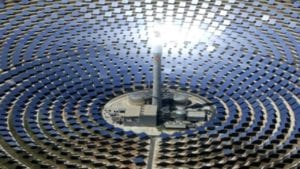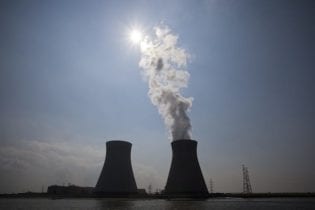In recent years, we have seen a global move towards the use of renewable energy, in particular Photovoltaic (PV) solar energy. However, PV generation is not necessarily the obvious choice for Africa.
Concentrated Solar Power (CSP) may be a better alternative, as it is particularly suited to sunbelt countries. This is according to Matthew Coulson, Intern, EES Africa (Pty) Ltd. EES Africa is a South African-based, ISO 9001:2008 certified company providing management, engineering and auditing services to a range of industries throughout Africa.The South African scenario
South Africa is seen by many industry players as a paradigm for Africa when it comes to renewable energy generation. As part of its national strategy to shift the country’s energy supply from its mainstay, coal, to green renewable energy sources, the Department of Energy (DoE) in South Africa has implemented the Renewable Energy Independent Power Producers Procurement Programme (REIPPPP). PV, wind and, to a lesser extent, CSP plants are now being constructed or are in operation. To date, the REIPPPP has procured multiple gigawatts of renewable energy at costs increasingly competitive with coal-fired electricity. Recently South Africa completed its first CSP plant, KaXu Solar One in the Northern Cape, and four more are under construction.What is CSP?
CSP produces energy by means of thermal generation techniques. “CSP uses parabolic troughs, which are curved, mirrored troughs, to reflect direct incoming solar radiation onto an absorption tube containing fluid,” says Coulson. “Other methods make use of parabolic dishes and solar towers with solar radiation reflected into the tower by mirrors or ‘heliostats’.”








